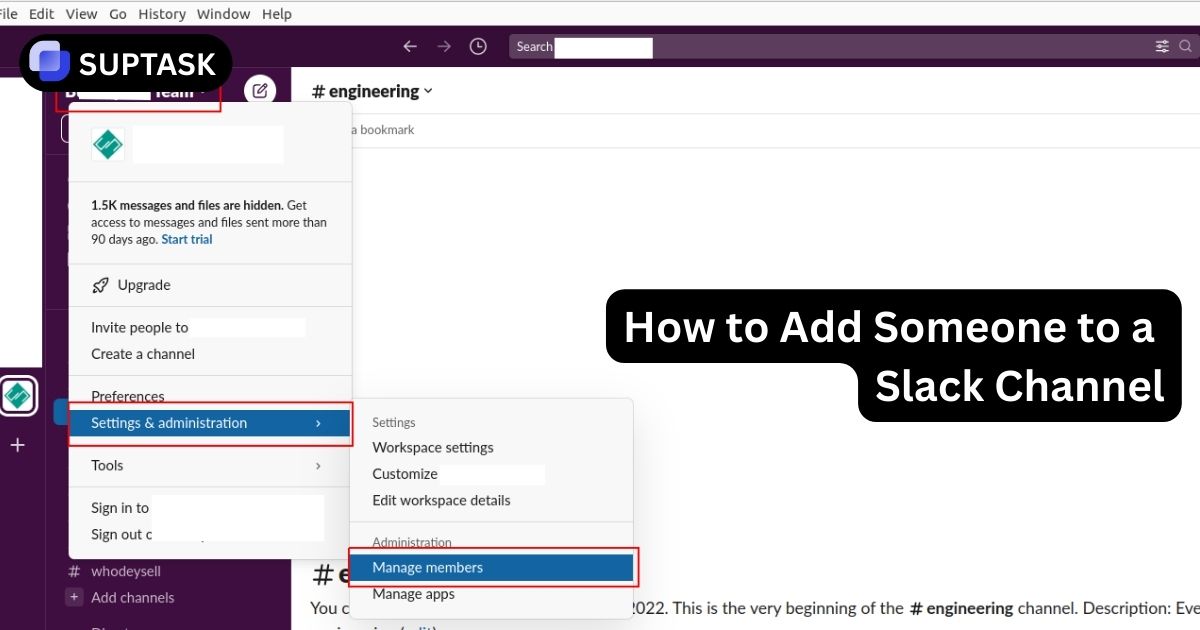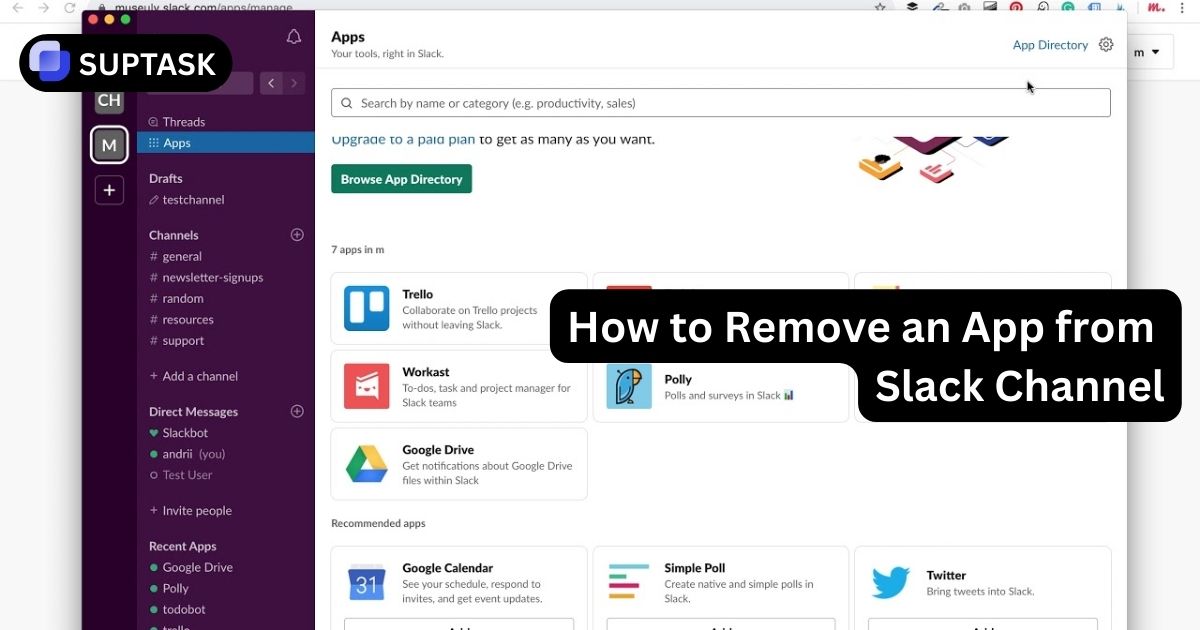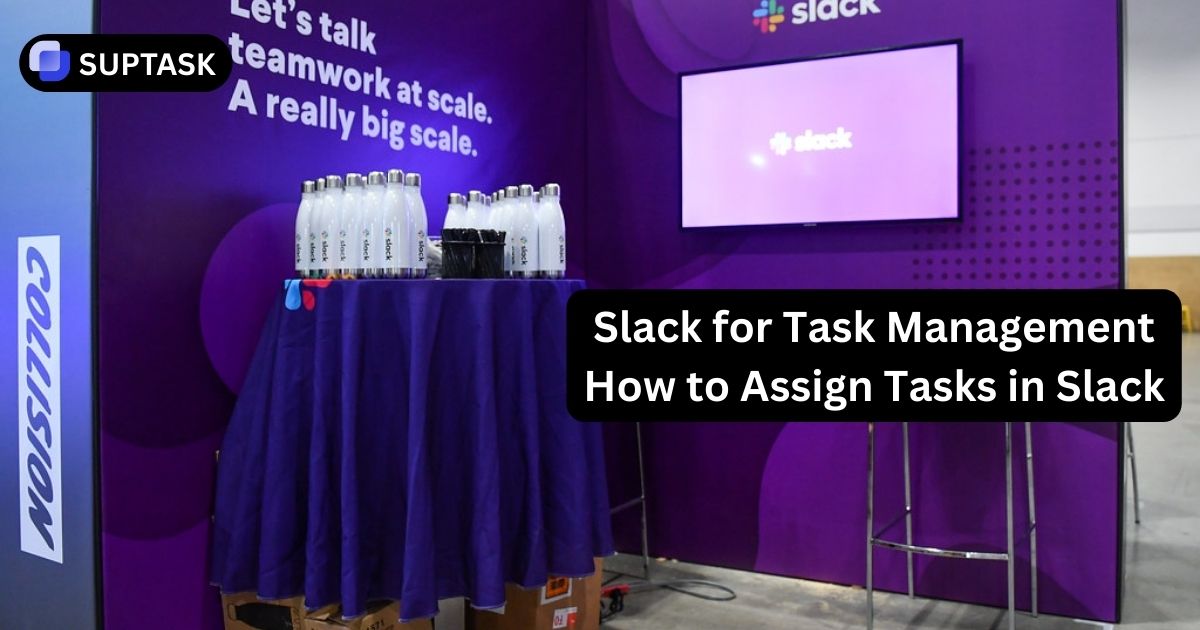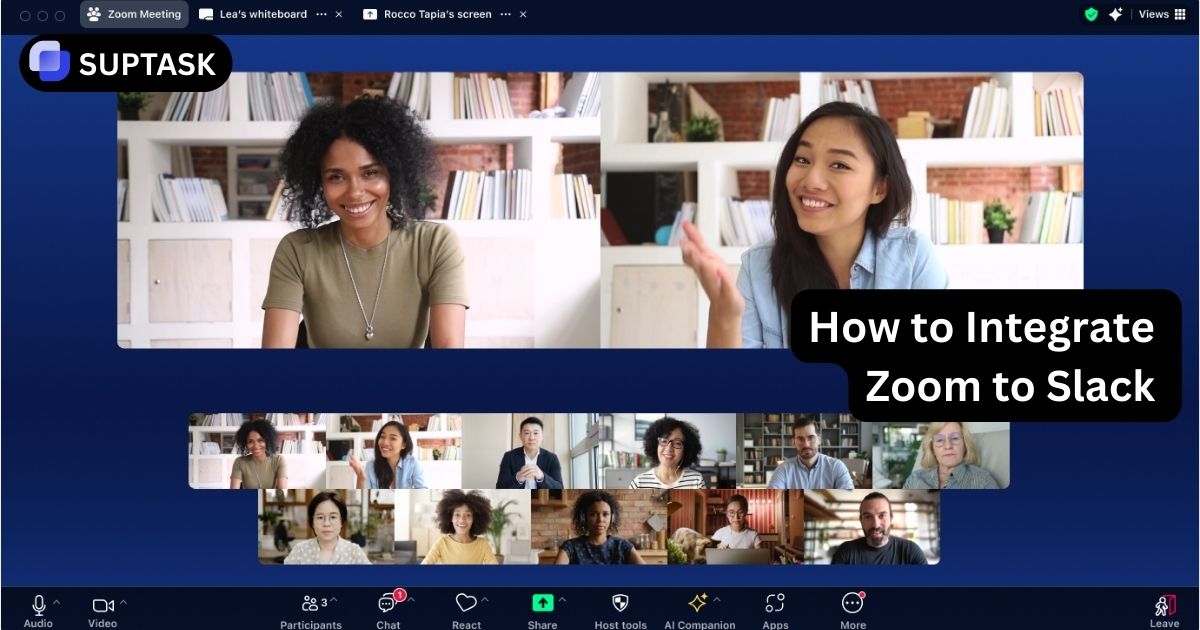An agile framework is an adaptable project management approach that helps teams respond quickly to change and deliver quality software faster.
Key Takeaways
- Agile frameworks emphasize iterative development, collaboration, and adaptability, improving software quality and alignment with customer needs.
- Agile methodologies like Scrum, Kanban, and Lean-Agile improve workflow management, continuous improvement, and efficiency.
- Scaling Agile with SAFe and LeSS fosters collaboration, enhances flexibility, and aligns with strategic objectives.
What is an Agile Framework?

Agile frameworks embody a philosophy founded on the Agile Manifesto that extends beyond basic practices.
This manifesto emphasizes the importance of prioritizing customer requirements, taking an iterative approach to development, and being flexible in software creation processes.
When software teams adopt an agile framework, they commit to a methodological cycle characterized by adaptability—a process distinguished by robust communication and collaborative efforts.
The priority in agile project management and software development isn’t just speed. It enhances quality and relevance through adaptable planning and swift reactions to changes and feedback.
During each phase of this cyclical development journey, there are plentiful opportunities for:
These agile teams develop applications in small segments, which allows frequent testing and revisions based on user responses.
This ensures constant alignment with consumer needs and evolving market trends throughout their development workflows.
Scaled Agile Frameworks like SAFe amplify these methodologies. Bringing scalability into play so that larger organizations can apply Agile principles effectively across broader groups or more complex undertakings while maintaining agility’s core benefits—this constitutes the fundamental concept behind scaled agile frameworks.
Core Values of Agile Frameworks

A deeper exploration of the Agile framework uncovers fundamental values that underpin all Agile methodologies.
These values, derived from the Agile Manifesto, prioritize individuals and interactions over rigid processes and tools, emphasizing the human element behind successful projects.
Collaboration and communication among team members drive progress and innovation, not just the adherence to a predefined set of procedures.
Agile frameworks emphasize.
- Functional software over exhaustive documentation
- Shifting the focus from paperwork towards generating usable software that welcomes customer feedback
- Customer collaboration over strict contract negotiation
This creates a feedback loop that ensures the product evolves to meet the actual needs of its users through feature-driven development.
Finally, Agile’s emphasis on adaptability to change over rigid planning underscores the demand for flexibility in today’s rapidly evolving market.
By embracing these core values, Agile teams can pivot quickly to accommodate new requirements or address unforeseen challenges, all while keeping the customer’s interests at the forefront.
Popular Agile Frameworks for Software Development
.webp)
Various agile frameworks designed to address specific project management and implementation aspects drive modern software development.
The most prominent among these are Scrim, Kanban, and Lean Agile.
To these popular choices in software development projects, there are additional agile methodologies such as Extreme Programming (XP) and the Crystal framework.
These alternatives provide unique perspectives on incorporating agility into managing projects.
Scrum
Scrum stands as a pillar among Agile methodologies, steering small collections of professionals—scrum teams—through the intricate software development journey with a well-ordered and adaptable approach.
Central to this process are iterative segments referred to as sprints, which empower these teams to deliver products of substantial value within defined periods consistently.
Within Scrum, there are vital roles such as:
- The Scrum Master who tackles impediments
- The Product Owner who establishes project parameters and oversees the product backlog
- The Business Owner, acting as the main stakeholder, directs the Product Owner regarding company necessities, ensuring that team endeavors align seamlessly with corporate strategy.
Scrum's core strength comes from its foundational values, which nurture a spirit of cooperation and efficacy in the workplace.
Kanban
Kanban is a standout visual tool within the Agile methodology framework. It provides teams an easy-to-understand and effective way to oversee tasks and workflow processes.
Its utilization of digital boards to denote tasks and various stages breaks down the complexities found in project housing into an easily digestible, graphic-oriented approach that promotes openness and collective team participation.
The allure of Kanban can be attributed to its quintet of foundational principles.
- The graphical representation of the work
- Constraining ongoing work quantities
- Flow regulation
- Explicit policy communication
- Collective enhancement through experimental evolution
By adhering to these guiding tenets, Kanban fosters better scheduling practices, leading directly to projects being completed on time.
Incorporating a ‘pull system’ as part of the Kanban strategy empowers teams to pull in new work only when they have sufficient capacity.
This ensures that each task is given due consideration at just the right moment, which is required for progression throughout the process.
This technique has won favor among 56% of all agile working groups because it effectively boosts workflow visibility while improving control over individual assignments.
It diminishes lead times considerably, resulting in quicker market launches and more efficient impediment identification and resolution capabilities overall.
Lean Agile
Lean Agile elevates traditional Agile principles, focusing on:
- Waste elimination
- Increasing efficiency throughout the software development cycle
- Smoothing out procedures
- Cutting out activities that don’t add value
- Making sure every action aids in swiftly delivering quality software
Although Lean Agile functions independently, it’s frequently combined with additional methods such as Scrum and Kanban to enhance productivity and effectiveness.
Within a Lean Golf setting, there is a particular focus on:
- Persistent learning and enhancement
- Tapping into the potential of other agile frameworks
- Incorporating Lean ideals to refine the development process further
Adopting this method proves particularly effective in fostering an organizational culture dedicated to continuous advancement, heightened efficiency, and superior customer outcomes.
Hybrid Agile Frameworks
.webp)
In dynamic software development, hybrid Agile frameworks have surfaced as customized solutions integrating components from various methodologies to address specific project demands.
These composite methods, which involve mixing conventional waterfall techniques with Scrum or weaving in practices from the dynamic systems development method, provide teams with the adaptability required to embrace expedited delivery timelines and advance solution provision.
Utilizing issue tracking management software within these frameworks further enhances adaptability by streamlining the tracking and resolution of project issues.
Suptask is a powerful ticketing system for Slack that supports Agile methods. It lets teams receive and manage tickets in Slack, improving collaboration and communication.
Suptask makes it easy to create and track tickets from messages and channels, fitting into your existing workflow. This tool enhances Agile practices with transparency, accountability, and alignment with project goals.
For remote or hybrid teams, Suptask's internal ticketing system, analytics dashboard, and custom forms help efficiently manage tasks and stay agile throughout the project.
These hybrid frameworks serve as a bridge for enterprises moving toward an Agile orientation. They facilitate a gradual migration from established procedures to an approach centered more on Agile principles without compelling an immediate overhaul.
Scrumban
Scrumban integrates Scrum's structured approach with Kanban’s adaptive and efficient methodologies, making it ideal for dynamic environments where change is constant—typical to startups.
It effectively juggles several projects at once by merging Kanban’s visual workflow management with Scrum’s predefined roles and scheduled events.
This fusion offers a framework that provides clear direction and fosters continuous improvement.
Teams adopting Scrumban reap benefits from engaging in regular standups and reflective retrospectives, along with applying work-in-progress limitations, which help maintain control over task loads while keeping developments visible.
While potentially adapting some elements of typical Scrum ceremonies or eliminating stringent timelines, this strategy empowers teams to adeptly handle shifts in demands or unexpected increases in project scope.
Consequently, they can keep projects moving smoothly without sacrificing flexibility for unforeseen changes.
Extreme Programming (XP)
Extreme Programming (XP) is an Agile framework that stands out with its focus on customer collaboration, minimal documentation, and an efficient delivery model.
XP’s practices, such as pair programming and test-driven development, are designed to enhance code quality and promote a collaborative atmosphere where developers work in tandem to solve complex problems.
By emphasizing techniques like Test-Driven Development (TDD) and Continuous Integration (CI), XP ensures high-quality deliverables and faster feedback cycles, essential for maintaining customer satisfaction.
Frequent releases in short development cycles set the rhythm of XP, a strategy that boosts productivity and creates checkpoints for accommodating new customer requirements.
This iterative approach aligns well with the Agile principle of continuous improvement, ensuring that the development process remains agile and responsive to end-users needs.
FAQ
What are the key benefits of adopting an Agile framework?
Enhanced customer satisfaction, flexibility, improved collaboration, project transparency, superior quality, and better predictability.
How does Scrum differ from Kanban?
Scrum uses cyclical iterations with roles; Kanban visualizes tasks, enhancing workflow without roles or sprints.
Can Agile frameworks be scaled for large organizations?
Yes, frameworks like SAFe, LeSS, and DA expand agile principles, aligning teams with strategic objectives.
What factors should be considered when choosing the right Agile framework?
Evaluate project vision, team dynamics, Agile experience, collaboration, and project complexity for the right framework.
How can a team implement Agile practices effectively?
Create cross-functional teams, promote transparent communication, use Kanban boards, and focus on continuous improvement.













